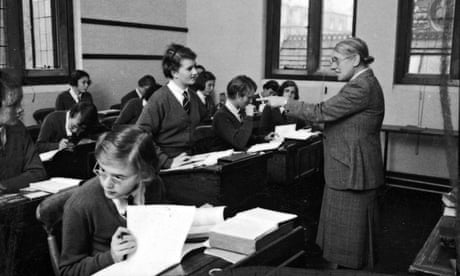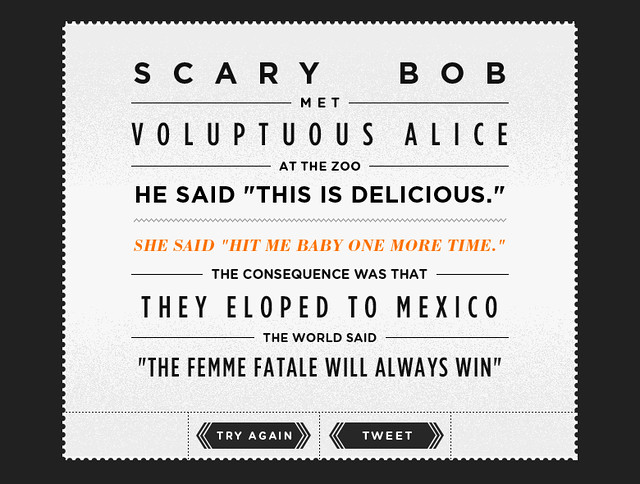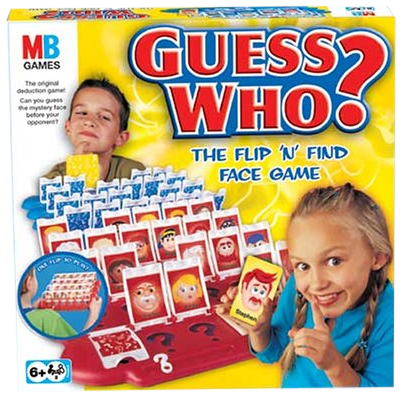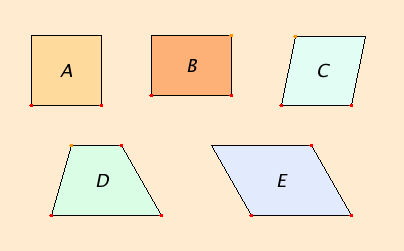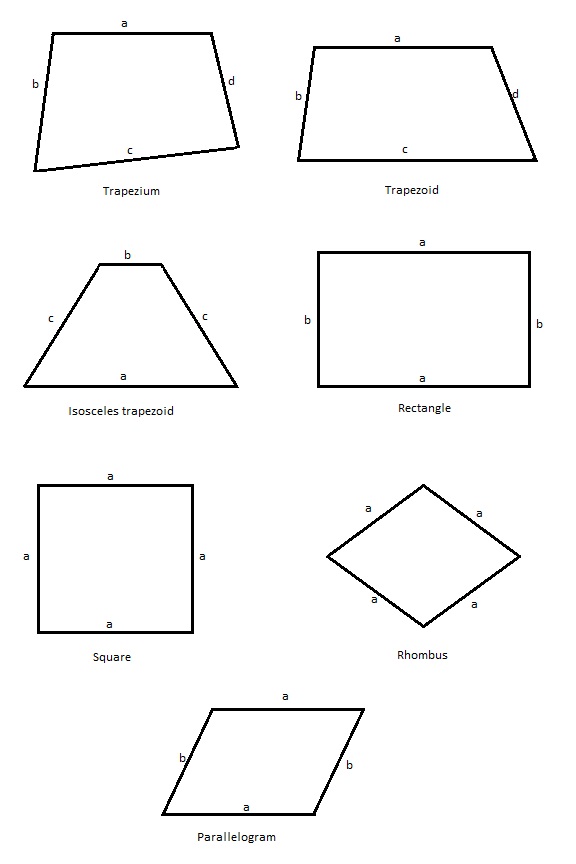Criteria for assignments
set at Masters’ level (or level 7) will probably allude to a set of generic
descriptors from the Quality Assurance Agency for Higher Education. Amongst other expectations, these descriptors
anticipate that holders of Masters’ level qualifications can:
So what should you be doing in your assignment to demonstrate that you've got this Masters' capacity?
In practice, demonstrating that you are doing this could take many forms. Here are a few questions you could ask as you review your work before submission - the questions relate occasionally to assignments focusing on teachers' professional practice, but could be transferred to other contexts:
I've used the concept of simplicity a few times. Simple means 'easily understood' or 'uncomplicated'. You'll be dealing with complex ideas, so aim to express these as simply as you can (because you want the reader to understand what you're trying to say). Simple is not the same as simplistic, which involves treating complex ideas as if they were simpler than in fact they are. It is worth reading your work to a friend: the friend might not be interested in what you've written, but if they don't understand what you've said then you know you've got to do something before submitting.
Brookfield writes on thinking (and writing) critically, and explores assumptions and how these link to dominant ideologies. You can read his chapter on critical thinking here.
· demonstrate systematic understanding
(of the area being discussed)
· demonstrate critical awareness of
current problems/new insights
· evaluate critically current research
and scholarship
· deal with complex issues
systematically
· communicate conclusions clearly (to
specialist and non-specialist audiences)
So what should you be doing in your assignment to demonstrate that you've got this Masters' capacity?
 |
| Implications of Masters' level writing - what you'll be doing |
 |
| Self-evaluation questions to pose before submission |
Brookfield writes on thinking (and writing) critically, and explores assumptions and how these link to dominant ideologies. You can read his chapter on critical thinking here.

